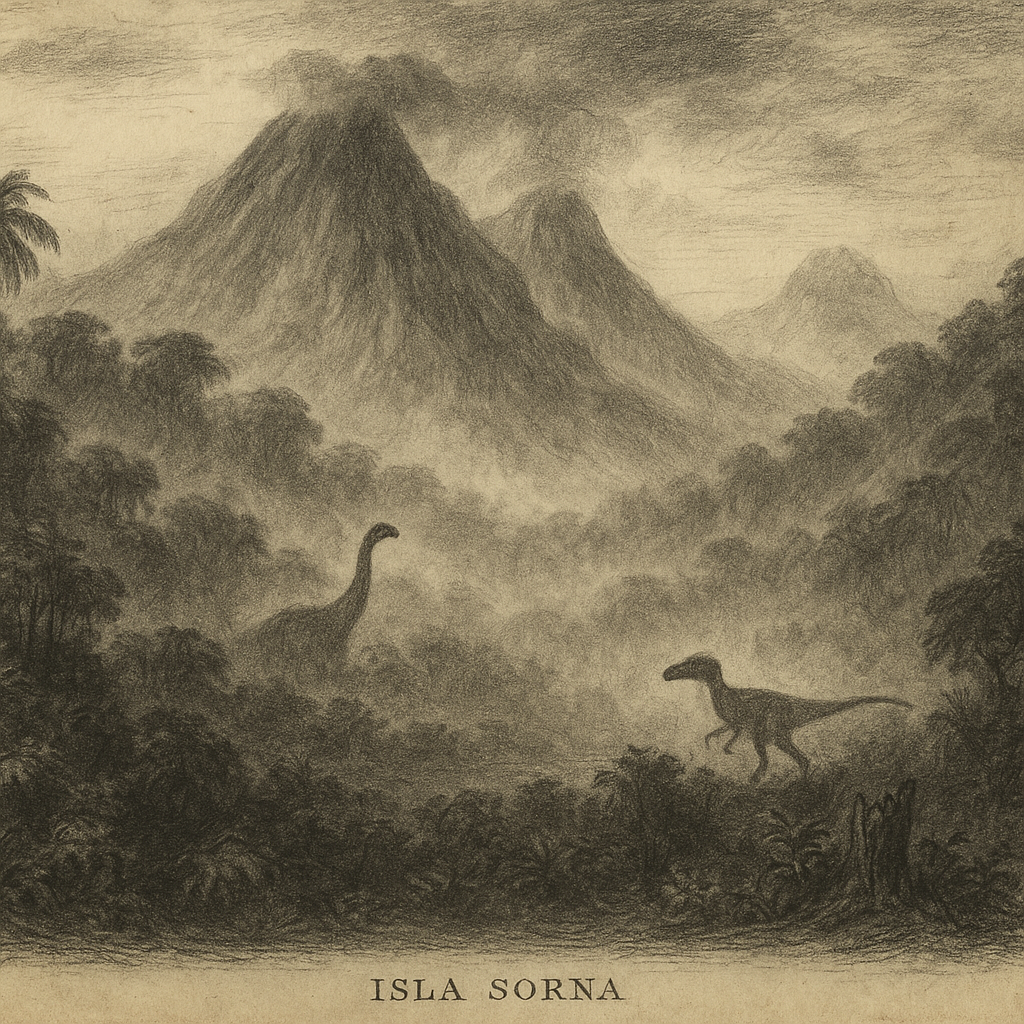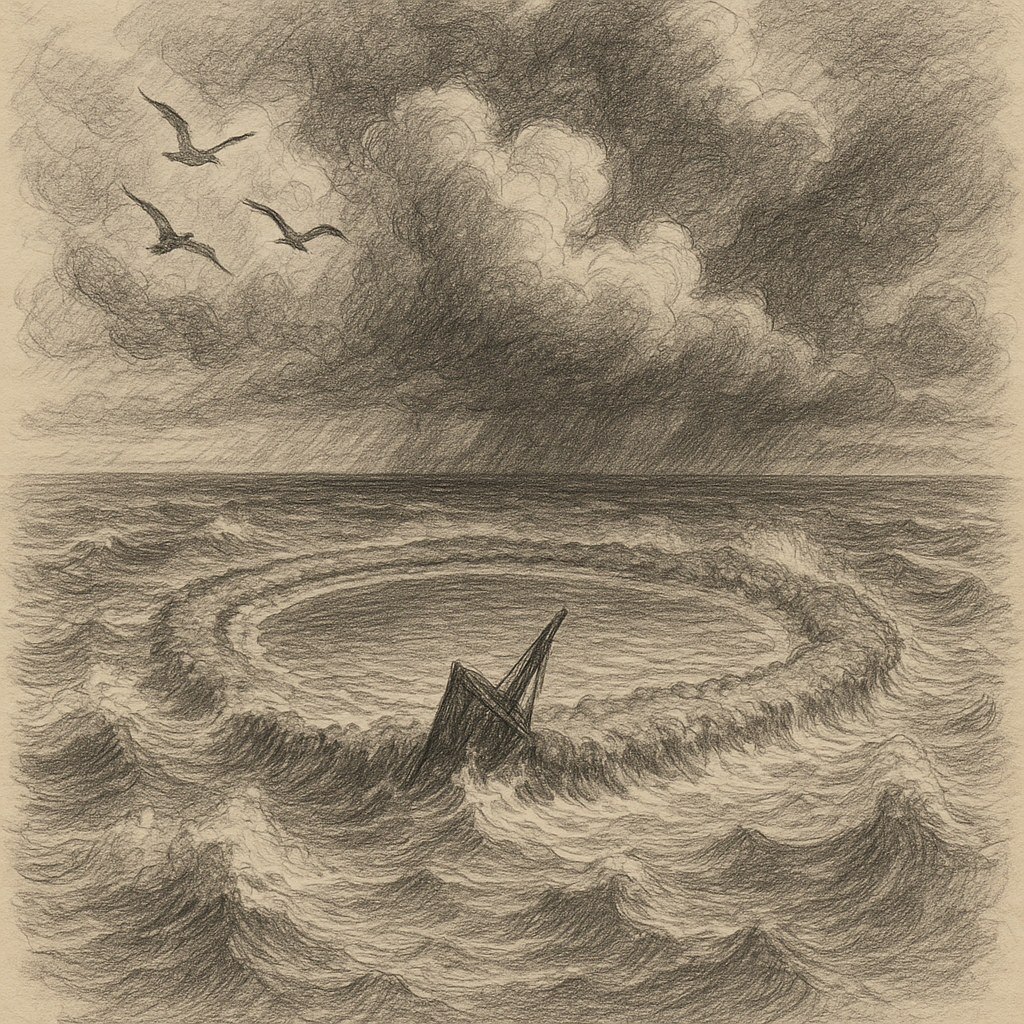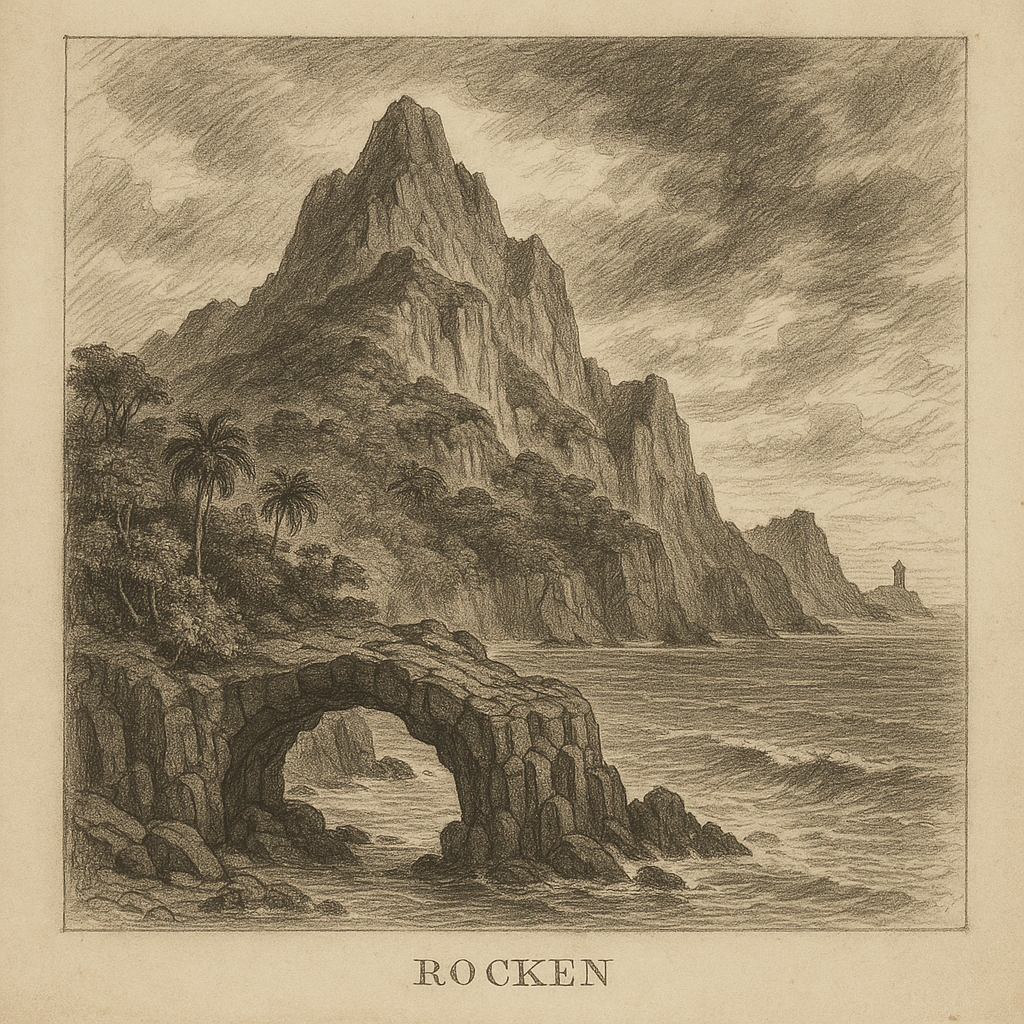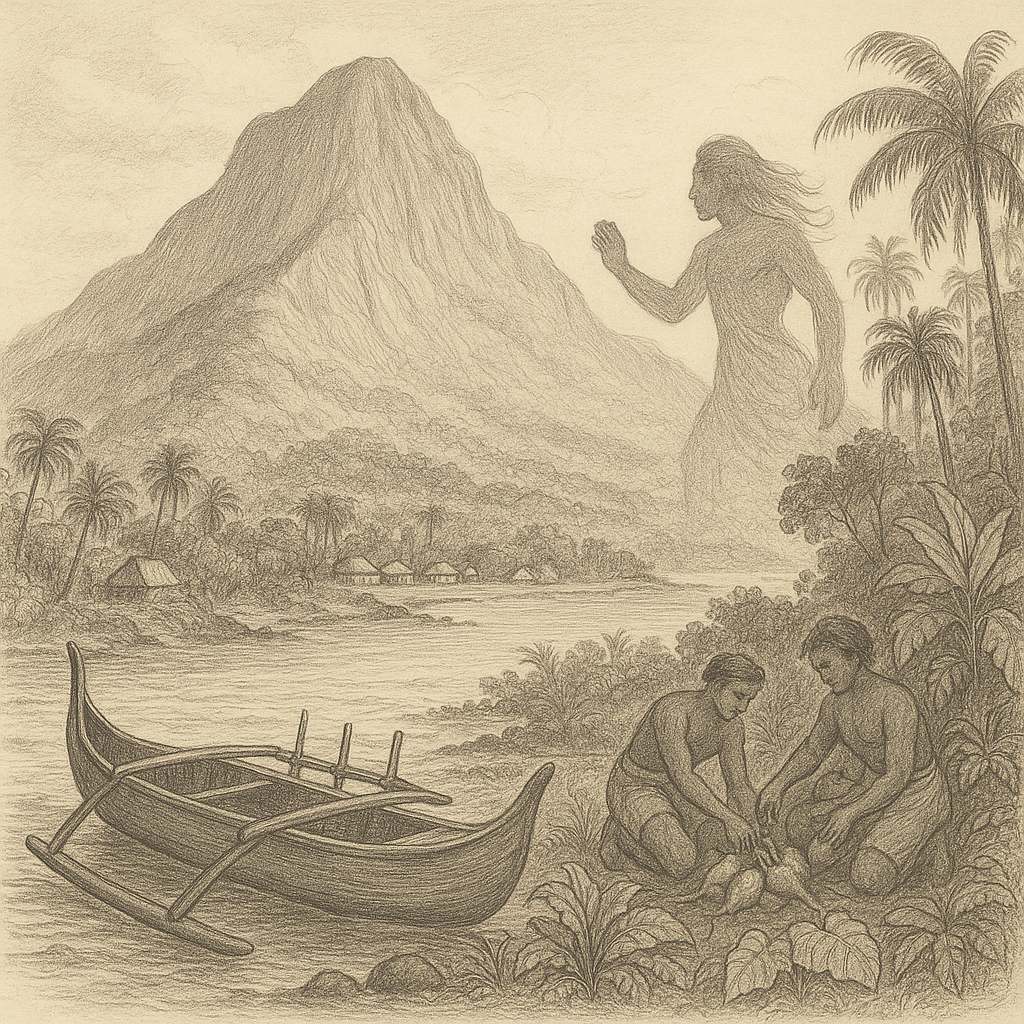Isla Sorna: A Remote and Mysterious Island in the Pacific
Isla Sorna is a fictional island located somewhere in the Pacific Ocean, off the west coast of Central America, and forms part of the “Five Deaths” (Las Cinco Muertes) archipelago. Although widely known as the main setting for several entries in the Jurassic Park franchise, its lore, geography, and imagined ecosystem have intrigued fans and adventurers alike. Here’s a detailed look at Isla Sorna, its landscape, biodiversity, legends, and curiosities.
Location and Geological Background
Isla Sorna lies more than 200 kilometers west of Costa Rica. Geologically speaking, the island is portrayed as being of volcanic origin, positioned along an active volcanic chain that includes several other uninhabited islands. Its mountainous terrain is indicative of past volcanic events, with steep ridges, lush rainforest canopies, and ash-laden soils.
The surrounding waters, known for their depth and strong ocean currents, have made charting the island hazardous, adding layers of mystery to its past. Though fictional, Isla Sorna is typically described in scientific detail in various sources, suggesting it emerged from the subduction activity between the Cocos Plate and the Caribbean Plate, part of a tectonically active region.
Climate and Ecosystem
Isla Sorna is characterized by a tropical rainforest climate. Humid and warm year-round, the island receives heavy rainfall, particularly during the wet season that stretches from May to November. The high humidity and rich volcanic soil have made the island incredibly lush, supporting a dense and varied ecosystem.
Although uninhabited by humans in the traditional sense, the island’s portrayal in fiction includes genetically modified dinosaurs—engineered by biotechnology firm InGen. These creatures have become unknowingly integrated into the island’s ecological balance. The dinosaurs ostensibly roam freely due to the collapse of human containment systems, interacting with an otherwise pristine natural environment made up of hardwood trees, mossy undergrowth, and cascading rivers.
Flora and Fauna
Beyond the famed Jurassic inhabitants, Isla Sorna is imagined as home to a wide variety of both endemic and introduced species. The fictional accounts describe vivid scenes of soaring pterosaurs, grazing herbivores like Triceratops and Brachiosaurus, as well as apex predators such as Tyrannosaurus rex and Velociraptors.
Supporting this reconstructed fauna is a vast array of plant life—towering cycads, ancient ferns, and flowering shrubs dominate the understory. Although these plant species are hypothesized within the context of the island’s narrative, they paint a picture of an ecosystem that has adapted—or in some cases, been designed—to mirror a long-extinct world while incorporating elements of modern tropical biodiversity.
Human History and Use
Within the fictional timeline, Isla Sorna was originally used by InGen as a secret facility for the creation and early development of cloned dinosaurs. Known officially as “Site B,” it housed the laboratories, breeding areas, and remote observation centers where genetic experiments were carried out.
After the catastrophic events depicted in the original Jurassic Park and subsequent films, Isla Sorna was declared off-limits. Efforts to control or remove the dinosaurs were depicted as ethically and logistically unfeasible. International treaties supposedly now protect the island under environmental conservation laws, though periodic unauthorized expeditions in the franchise canon continue to threaten the island’s integrity.
Interesting Facts About Isla Sorna
Despite its fictional status, Isla Sorna has captivated fans and inspired real-world interest in isolated islands and de-extinction science. Here are some intriguing facts:
– Isla Sorna’s map layout has changed across various media appearances, reflecting narrative evolutions over time.
– In the story’s lore, Isla Sorna is considerably larger than Isla Nublar, making it suitable for uncontained dinosaur populations.
– The island has been featured in video games, comics, documentaries, and academic discussions around speculative biology and ethical science.
– The unique concept of an island entirely given over to prehistoric life raises parallels with real-world conservation efforts to protect endangered species on remote islands, such as the Galápagos or the Seychelles.
Legends and Myths Surrounding the Island
Within the fictional universe, the island has been steeped in local lore for generations. Fishermen from nearby Costa Rican villages have told tales of “creatures from the past” seen walking the shores at dawn—long before biotechnological explanations surfaced.
Modern legends take on a more conspiratorial tone. Some believe Isla Sorna still contains hidden InGen bunkers or unrecorded genetic experiments that have evolved far beyond the original designs. Others speculate about the existence of even more islands kept secret by multinational corporations or governments.
In a meta-sense, Isla Sorna has become a legend of its own in popular culture, symbolizing humanity’s hubris and the unpredictable consequences of tampering with nature. Its influence on science fiction and ethical debates about cloning remains substantial.
Access and Preservation
In line with its portrayal, legal access to Isla Sorna is strictly forbidden due to safety risks and ecological concerns. Fictional statues represent international policies to protect the island and its unique inhabitants. No permanent human population exists, and any incursion into the island has resulted in ecological or human disaster in the storyline.
Imagining Isla Sorna as an isolated protected zone highlights broader themes of rewilding, de-extinction ethics, and the question of whether humanity should—or even could—attempt to control natural evolution once set in motion.
Conclusion
Whether viewed as a thrilling piece of fiction or a metaphor for bioethical caution, Isla Sorna endures as one of the most captivating remote islands ever imagined. With its volcanic peaks, shrouded legends, and roaming giants of another age, it represents a tantalizing blend of science, myth, and cautionary tale.



